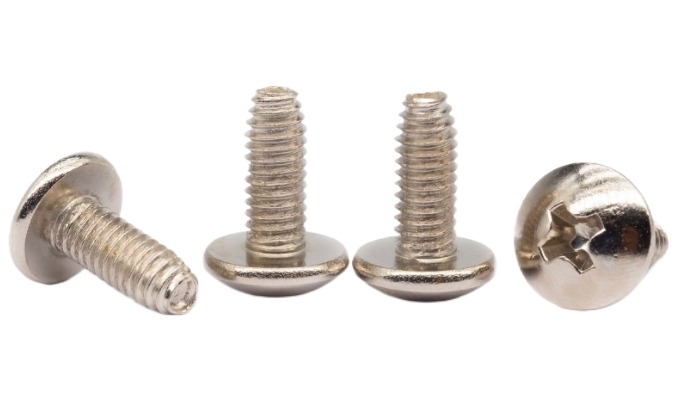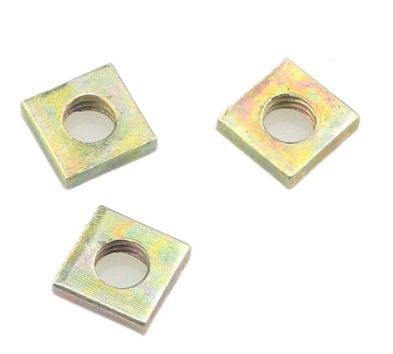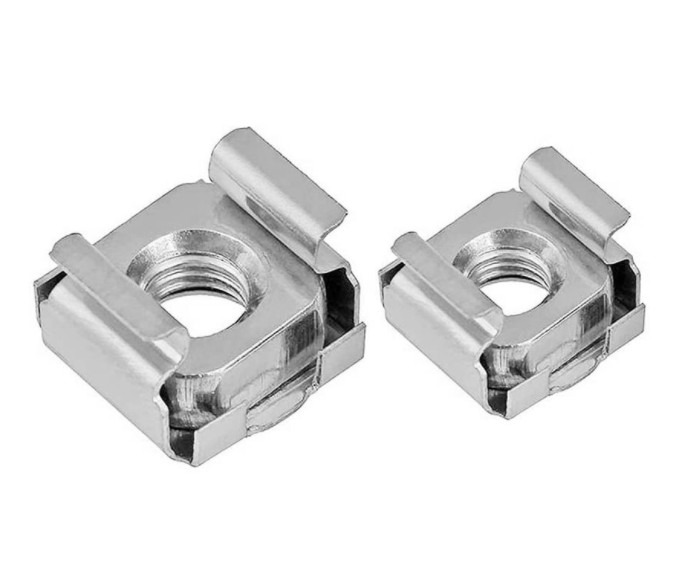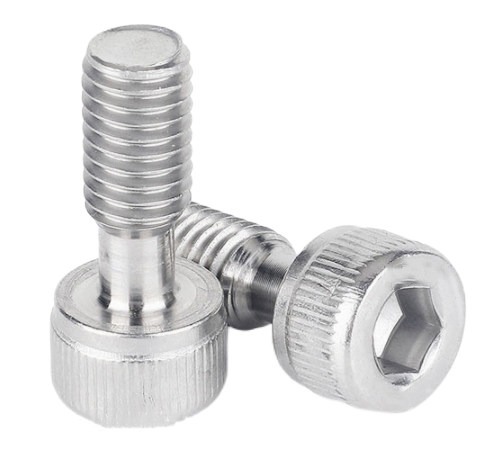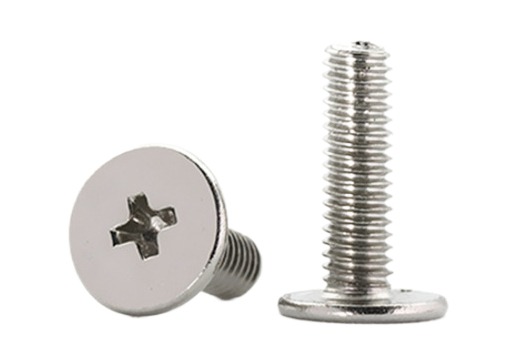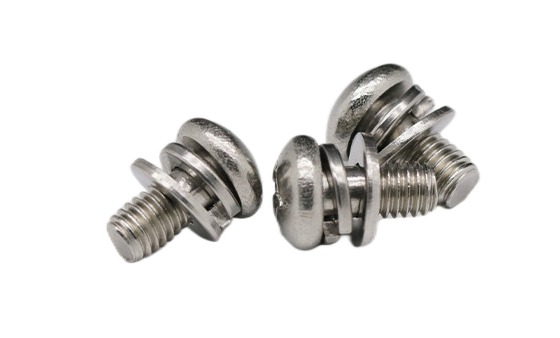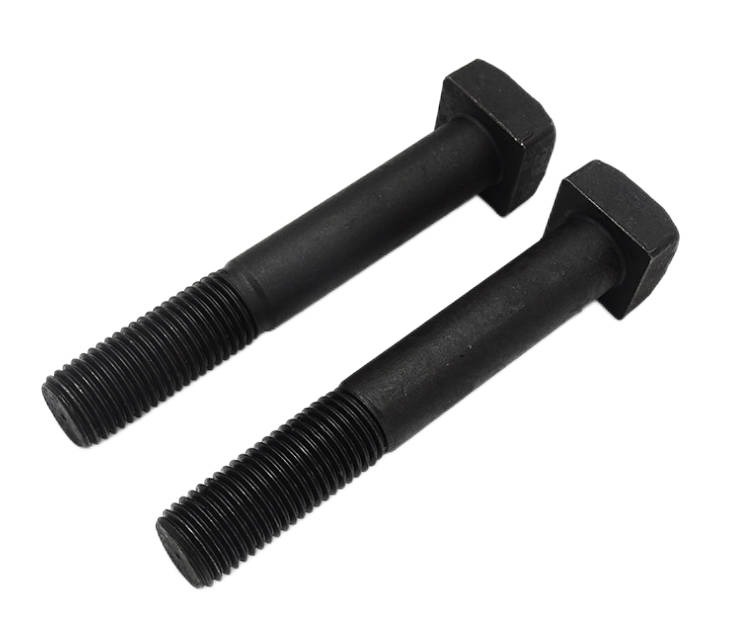Three Methods of Thread Inspection According to American Standard
For a long time, in the inspection and measurement of thread, the judgment of thread qualification is controversial, and the standards of different countries are not uniform.
The provisions of American standards are more systematic and detailed: ASME B13M-2007 “Thread Measurement Methods for Qualification of Inch and Metric Threads (UN, UNR, UNJ, M, and MJ)” specifies three methods for thread inspection: “21”, “22”, and “23”.
Introduction to method “21”
Method “21”: within the length of the standard gauge, the working size of the thread is controlled within the maximum physical limit; The active pitch diameter of the control stop (NOT GO).
In short, the standard thread gauge is used to inspect the internal and external threads, and the threads should meet the requirements. The go gauge inspects the maximum physical size of the thread, and the no-go gauge inspects the working pitch diameter of the thread.
Introduction to method “22”
Method “22”: within the length of the standard gauge, the working size of the thread is controlled within the maximum physical limit; Controls the minimum physical limit.
Method “22” requires that the minimum material limit of the thread be further controlled on the basis of the acceptance of Method “21”.
Introduction to method “23”
Method “23”: within the length of the standard gauge, the working size of the thread is controlled within the maximum physical limit; Control the minimum physical limit;
Individual measurements are made on the thread elements for which the limit deviation values are specified. Method “23” requires that on the basis of passing the inspection of the “22” method, some thread elements with specified limit deviation values, such as tooth angle error, pitch error, roundness error, etc., should be inspected with corresponding inspection instruments and equipment.
The thread inspection method is from method “21” to method “23”. The quality inspection level and inspection item requirements of the thread are gradually improved, and the inspection cost is also increased. The qualified thread product inspected by the latter method can ensure that the product can also meet the inspection requirements of the former method.
- Since the method is not applicable to commodity fasteners, IF I-8 “IF I Inch”
- It is not included in the Fastener Standard.
- For different inspection methods, see Table 1 and Table 2 for inspection items of external and internal threads and recommended gauges and instruments.
Inspection Method and Recommended Gauges and Instruments for Internal and External Threads
Table 1: American Standard External Thread Inspection Method and Recommended Gauges and Instruments
| Inspection method | Inspection items | Recommended gauges, instruments |
| 21 | Through-end maximum entity | Thread ring gauge (through end) |
| Stop action diameter | Thread ring gauge (stop) | |
| Thread major diameter | Smooth ring gauge (go/no go) or micrometer | |
| 22 | Through-end maximum entity | Thread ring gauge (through end) |
| Minimum solid pitch diameter or | Minimum pitch diameter solid conical and V-shaped probes | |
| Single pitch diameter | Solid conical or circular arc probe with single minimum pitch diameter | |
| Thread major diameter | Smooth ring gauge (go/no go) or micrometer | |
| Circular-arc root minor diameter | Small diameter snap gauge or small diameter smooth gauge | |
| Shape of arc root | Tool microscope | |
| 23 | Added on the basis of the “22” system | On the basis of the recommended gauge and instrument with the “22” method, the projector or special instrument is used for inspection. |
| Roundness of Pitch Diameter Cylinder | ||
| Taper of pitch diameter cylinder | ||
| Tooth distance error | ||
| Lead error | ||
| Tooth angle error | ||
| Runout of minor diameter relative to pitch diameter | ||
| Surface roughness |
Table 2: American Standard Internal Thread Inspection Methods and Recommended Gauges and Instruments
| Inspection method | Inspection items | Recommended gauges, instruments |
| 21 | Through-end maximum entity | Thread plug gauge (through end) |
| Stop action diameter | Thread plug gauge (stop) | |
| Minor diameter of thread | Smooth plug gauge (go/stop) | |
| 22 | Through-end maximum entity | Thread plug gauge (through end) |
| Minimum solid pitch diameter or | Minimum pitch diameter solid conical and V-shaped probes | |
| Single pitch diameter | Solid conical or circular arc probe with single minimum pitch diameter | |
| Minor diameter of thread | Smooth plug gauge (go/stop) | |
| 23 | Added on the basis of the “22” system | On the basis of the recommended gauge and instrument with the “22” method, use the projector or special instrument for inspection. |
| Roundness of Pitch Diameter Cylinder | ||
| Taper of pitch diameter cylinder | ||
| Tooth distance error | ||
| Lead error | ||
| Tooth angle error | ||
| Runout of minor diameter relative to pitch diameter | ||
| Surface roughness |
Thread acceptability requirement
① During acceptance of thread qualification, the specified items shall be inspected.
② During external thread inspection, calibrated through end ring gauge and stop end thread ring gauge shall be selected, and through end smooth ring gauge and stop end smooth snap gauge or micrometer shall be used to inspect the major diameter of the thread, and the external thread shall be judged as qualified.
③ During the internal thread inspection, the calibrated through end plug gauge and stop end thread plug gauge shall be selected, and the through end smooth plug gauge and stop end smooth plug gauge shall be used to inspect the minor diameter of the thread, and the internal thread shall be judged as qualified.
④ The surface defects of threaded products shall be inspected by visual inspection, such as burrs, scars and roughness, which shall conform to the provisions of ASTM F 788 and F812.
⑤ The method of thread acceptance shall comply with the corresponding provisions.
Conclusion
As a professional fastener manufacturer, KENENG has a good understanding of various manufacturing standards and inspection standards. We can provide you with the most suitable manufacturing or purchasing solution for you, please contact us with your needs.

